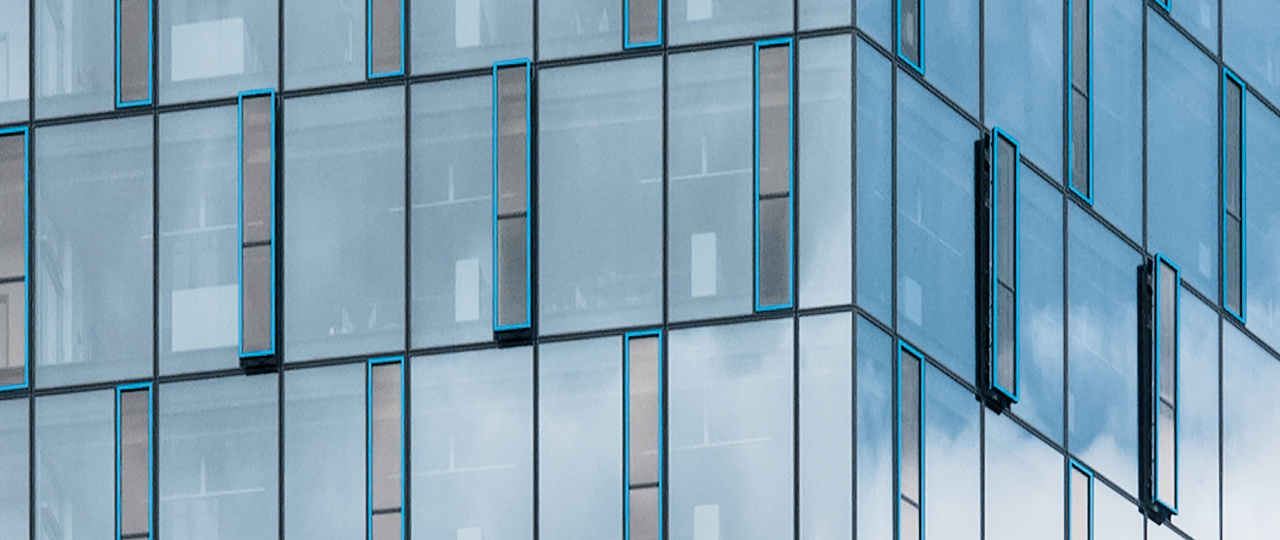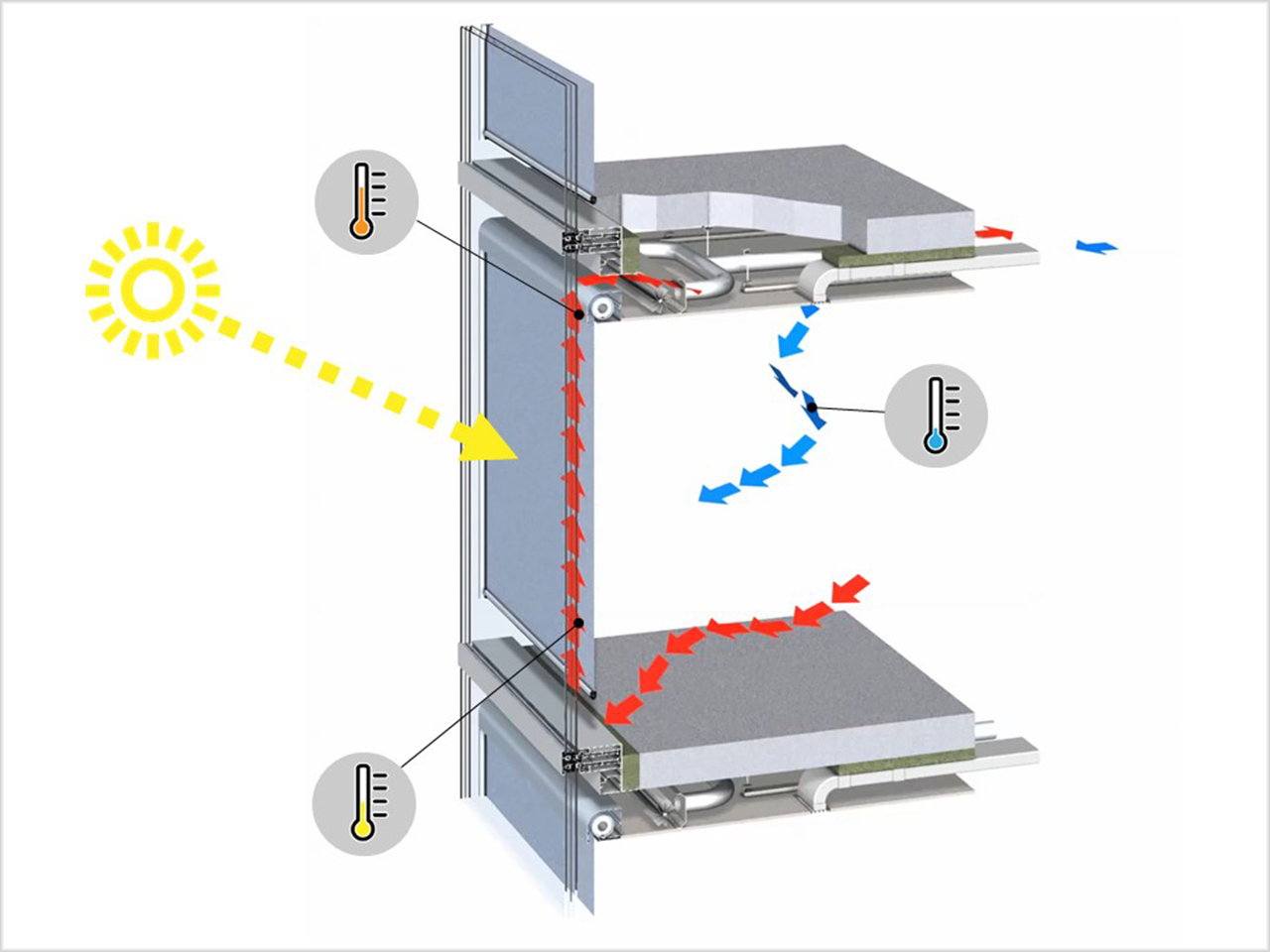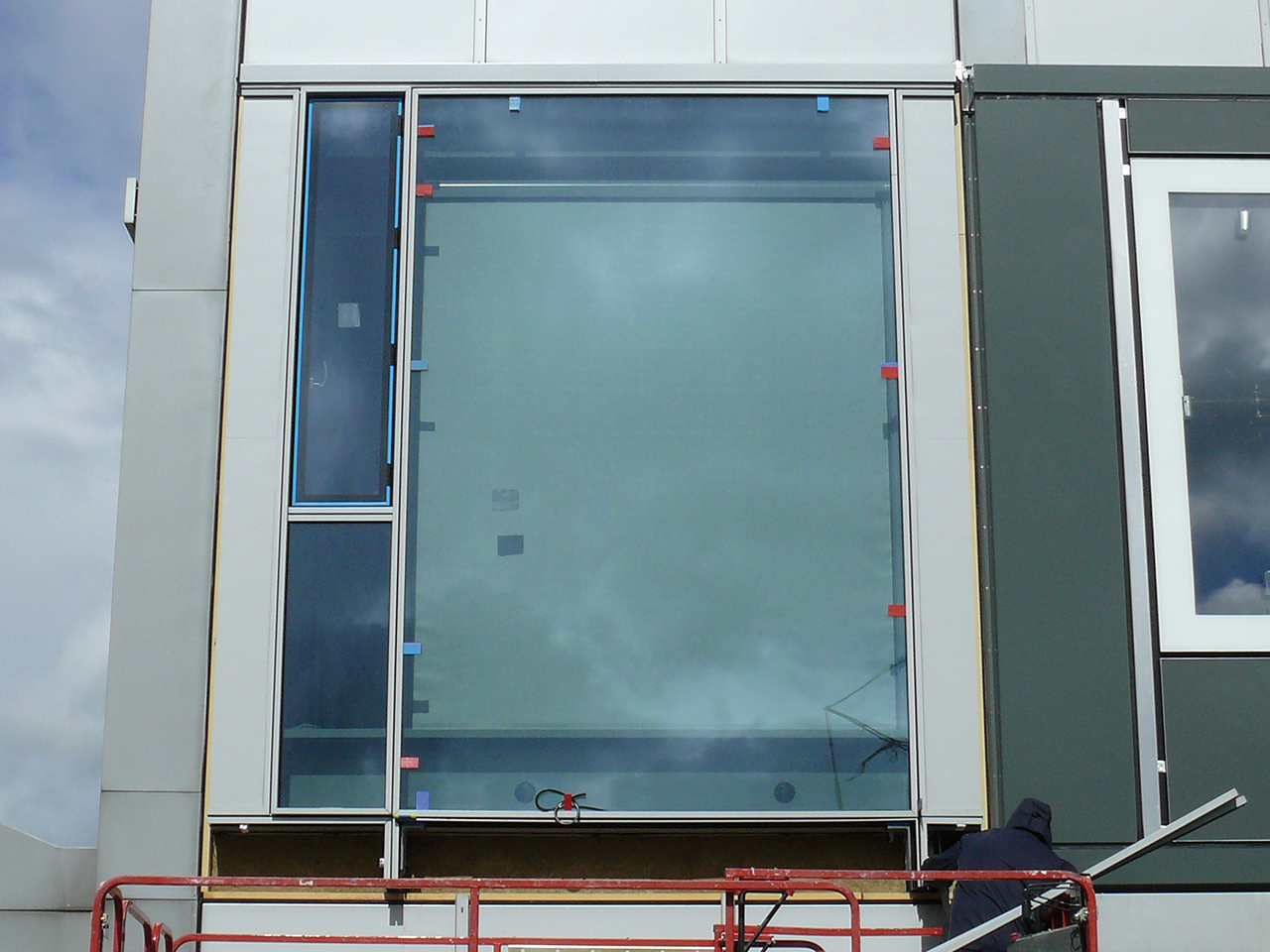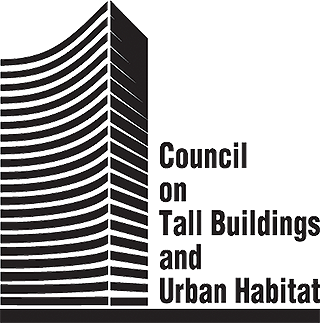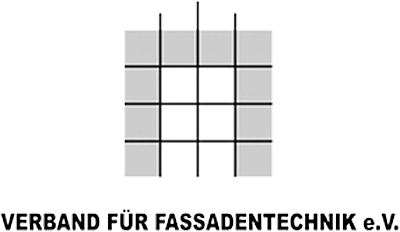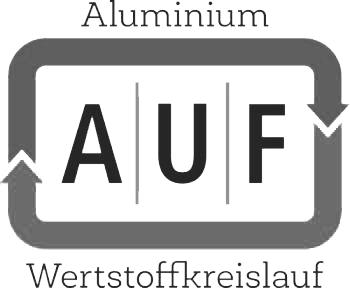ACT-Facade, Research & Development
Topic
The ACT Facade is an efficient combination of typical facade components such as insulated external glazing, internal glare protection device and mechanical ventilation into an adaptive facade system. Solar radiation typically causing overheating of the interior space is captured within the cavity between screen and glazing.
The solar energy is absorbed on the surface of the screen and emitted in the form of long-wave heat. Thus, the room air from the office is heated up in the cavity and together with its natural up-flow, it is sucked out from the top vents. Thus, unwanted heating-up of the indoor space is prevented. In addition, the surface of the screen facing the interior has a low emissivity because of its low mass, which could even be enhanced by a low-e coating creating lower radiation temperatures to the inside of the building.
This enables a higher quality of thermal comfort due to pre-vented radiation asymmetry within the office space. For this reason, energy consumption is reduced as well by less cooling demand and improved user comfort through an intelligent facade system.
Technical Feature
- ACT Facade
- Dynamic g-value
- Energy and resource efficiency
Status
Further optimization and development in progress
Partner
- Transsolar Energietechnik GmbH
- WAREMA Renkhoff SE
- Schüco International KG
- Fraunhofer IBP
- Fraunhofer ISE
Period
ongoing
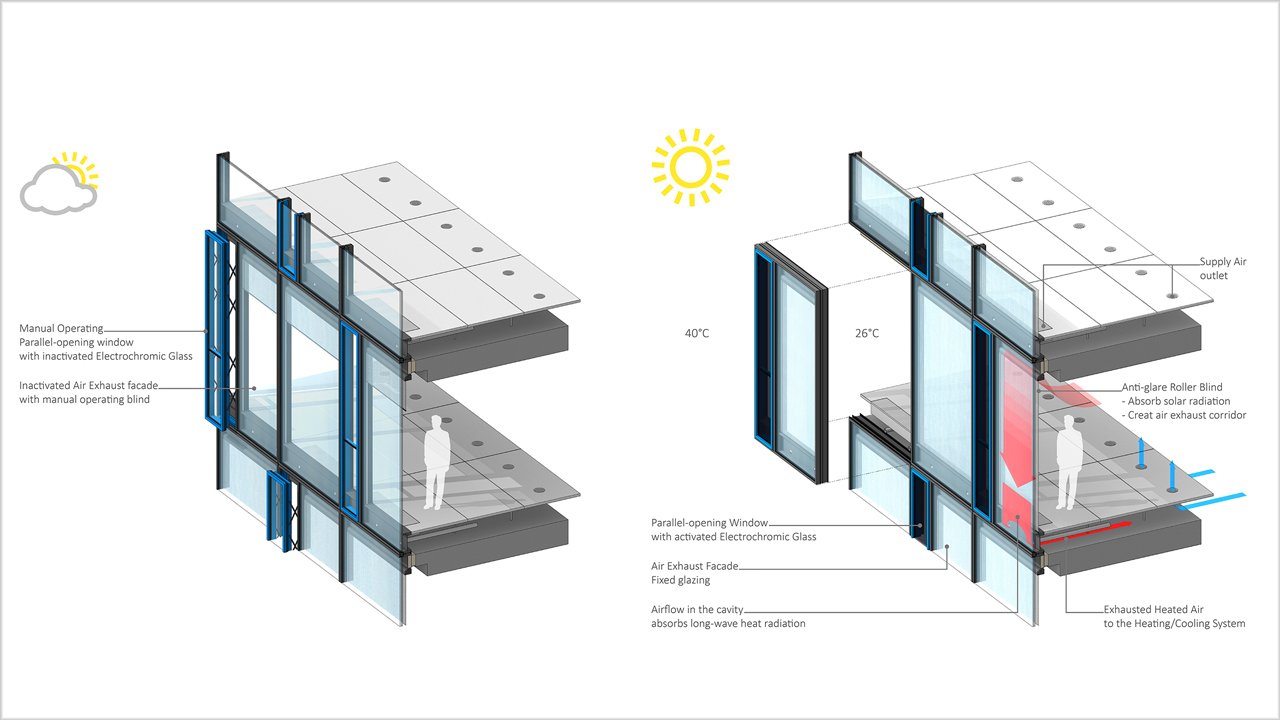
Festo was the first project in which we realized our idea of the ACT Facade – as we later called it. ACT stands for Active Cavity Transition, three words that characterize its functionality. We also liked ACT because it’s actually an active building envelope, not just passive sun protection.
Learn more about it.